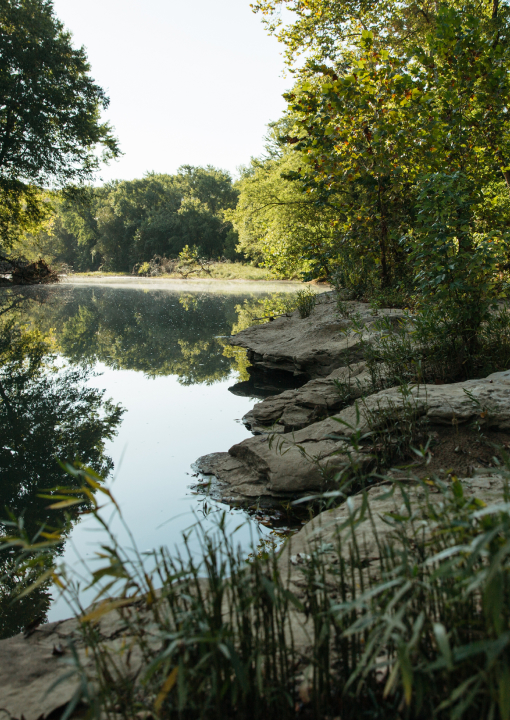Designing and managing protected and conserved areas to support inland water ecosystems and biodiversity
https://doi.org/10.2305/ZOKC6253
This technical guidance serves as a reference for parties responsible for, and with a vested interest in, protected and conserved areas. This includes ministries, agencies and actors responsible for protected and conserved area management, monitoring and expansion; Indigenous peoples and local communities; and those responsible for conserving inland water ecosystems, their biodiversity, and linked services (e.g. inland fisheries). The authorities responsible for protected and conserved area management and for managing inland water ecosystems are often organized in separate institutions, making liaison important.
Considering the intended audience, the guidance is structured to:
• Be practical and provide readily adoptable advice.
• Synthesize scientific publications and practitioner guidance.
• Provide clear checklists with hyperlinks to resources that can provide more in-depth information.
• Emphasize case studies to illustrate key points, with case studies threaded throughout the main document and summarized in an appendix.
The report is organized in six primary chapters:
• Purpose and baseline.
• What makes inland waters unique when approaching protected and conserved area design, designation and management?
• Starting with human rights, equity and inclusion.
• Strengthening and expanding the protected and conserved area network.
• Designation and governance.
• Management and financing.
Key takeaways
- Inland water protections are possible, they can contribute to meeting 30×30 goals, and they are essential for bending the curve of freshwater biodiversity loss.
- Inland waters are connected, dynamic systems, and maintaining connectivity and flows are critical to the systems’ health.
- Around the world, new mechanisms designed specifically for protecting and conserving inland waters and their key ecological attributes are emerging.
- The report provides clear guidance and documentation on how to effectively implement, monitor and expand protected and conserved area designation and management for inland waters.

